Germán Capdehourat
Museum Accessibility Through Wi-Fi Indoor Positioning
Aug 26, 2020
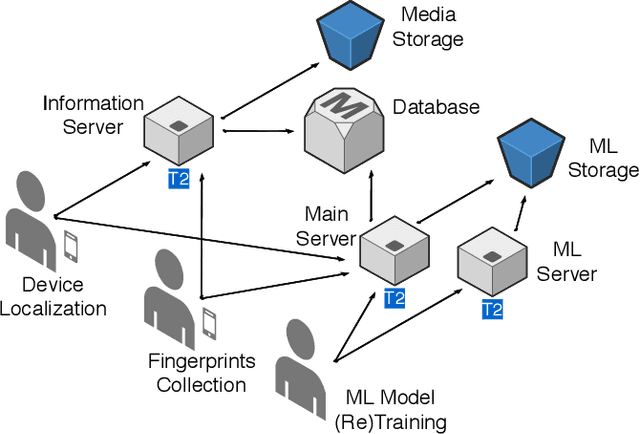
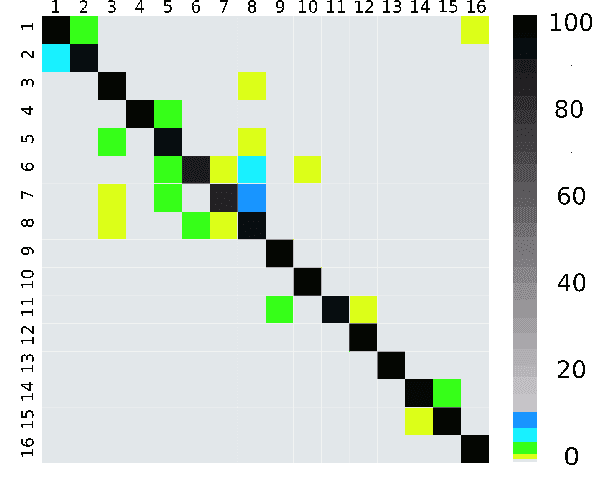

Abstract:Accessibility has long been a primary concern for major museums around the world. This is no exception for the Museo Nacional de Artes Visuales (MNAV, National Museum of Visual Arts) in Uruguay. Having a special interest in achieving accessibility for visually impaired visitors, the MNAV sought to implement a new system to allow these visitors a seamless tour around a new exhibit. We present here the system we developed and the lessons we learned from its deployment and usage. In particular, we used Wi-Fi indoor positioning techniques, so that visually impaired visitors could hear relevant audios through an Android app from their own smartphones based on their location inside the museum. The system was further adapted and used to assist the general public during their visits, allowing access to texts, audios and images according to their position. We furthermore share the complete source code and the dataset used to train the system.
DeepMAL -- Deep Learning Models for Malware Traffic Detection and Classification
Mar 10, 2020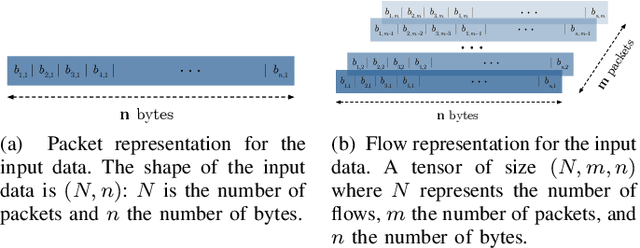
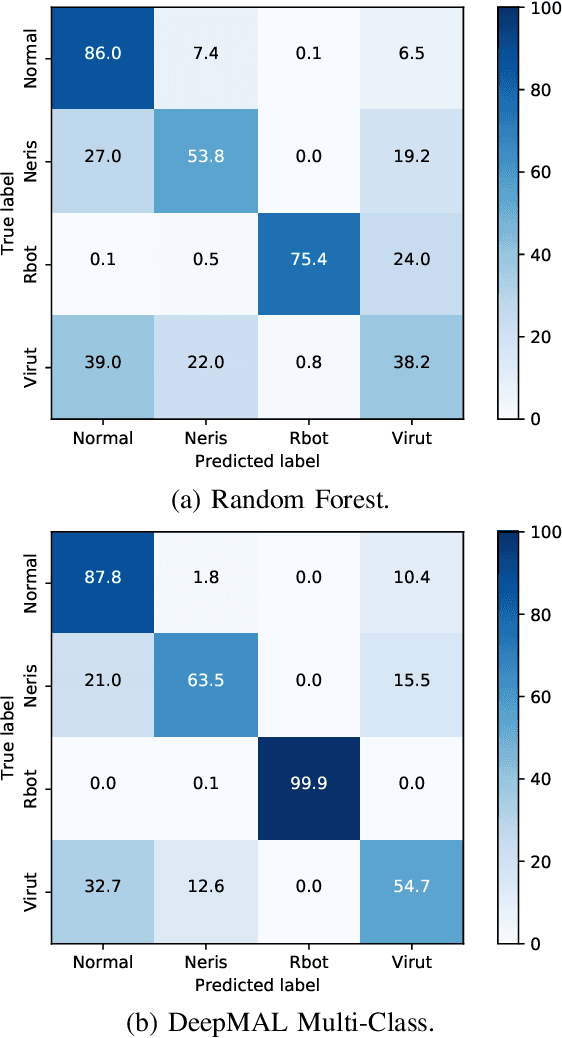

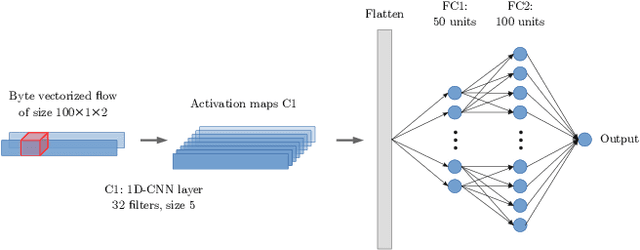
Abstract:Robust network security systems are essential to prevent and mitigate the harming effects of the ever-growing occurrence of network attacks. In recent years, machine learning-based systems have gain popularity for network security applications, usually considering the application of shallow models, which rely on the careful engineering of expert, handcrafted input features. The main limitation of this approach is that handcrafted features can fail to perform well under different scenarios and types of attacks. Deep Learning (DL) models can solve this limitation using their ability to learn feature representations from raw, non-processed data. In this paper we explore the power of DL models on the specific problem of detection and classification of malware network traffic. As a major advantage with respect to the state of the art, we consider raw measurements coming directly from the stream of monitored bytes as input to the proposed models, and evaluate different raw-traffic feature representations, including packet and flow-level ones. We introduce DeepMAL, a DL model which is able to capture the underlying statistics of malicious traffic, without any sort of expert handcrafted features. Using publicly available traffic traces containing different families of malware traffic, we show that DeepMAL can detect and classify malware flows with high accuracy, outperforming traditional, shallow-like models.
 Add to Chrome
Add to Chrome Add to Firefox
Add to Firefox Add to Edge
Add to Edge